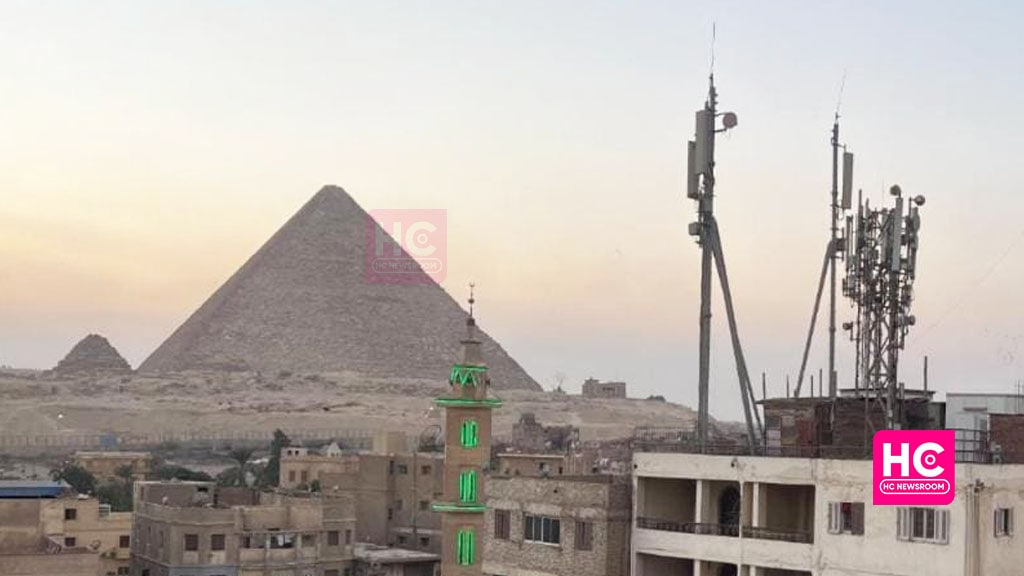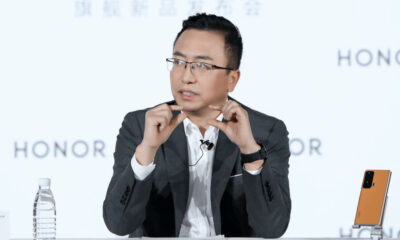News
Telecom Egypt and Huawei to set first green tower

Huawei and Telecom Egypt are cooperating to set up the first eco-friendly green tower for mobile networks using environment-friendly materials with fiber-reinforced polymer (FRP).
Under this cooperation, Telecom Egypt will become the first telecom in the country and Africa to install a green tower powered by Huawei technologies, it will commit carbon emissions.
According to the information, this new Huawei green tower will be 18m high with a camouflage fence made with environmentally friendly materials, supported by integrated wireless access solutions and a green solar energy system. These help the telecom operator to achieve energy saving with maximum accuracy.
“The implementation of this type of mobile site in Egypt is unprecedented and has also underscored the efforts done by all those in charge of the project, and their capability of implementing the entire site in a timely manner and a systematic way, as per the best international quality standards that have to do with the green concept solutions.” said The Managing Director and CEO of Telecom Egypt, Adel Hamed.
“Huawei puts great attention to developing the infrastructure of Information and Communication Technology in Egypt which is why they have joined hands with Telecom Egypt, the leader in the telecommunications market in Egypt and the Middle East,” said Jim Liu, CEO of Huawei Egypt.
Mr. Liu pointed out that recent studies show that Huawei’s FRP poles produce 43 percent less carbon dioxide emissions, as compared to steel, and reduce E2E energy consumption by nearly half.






